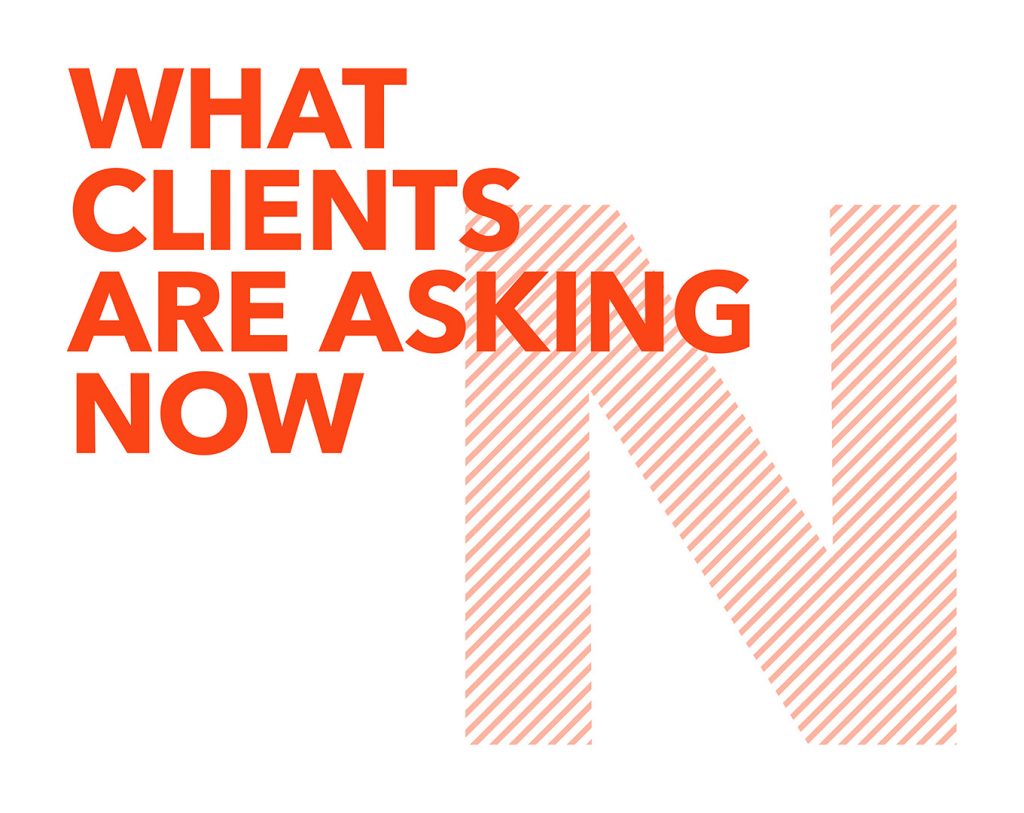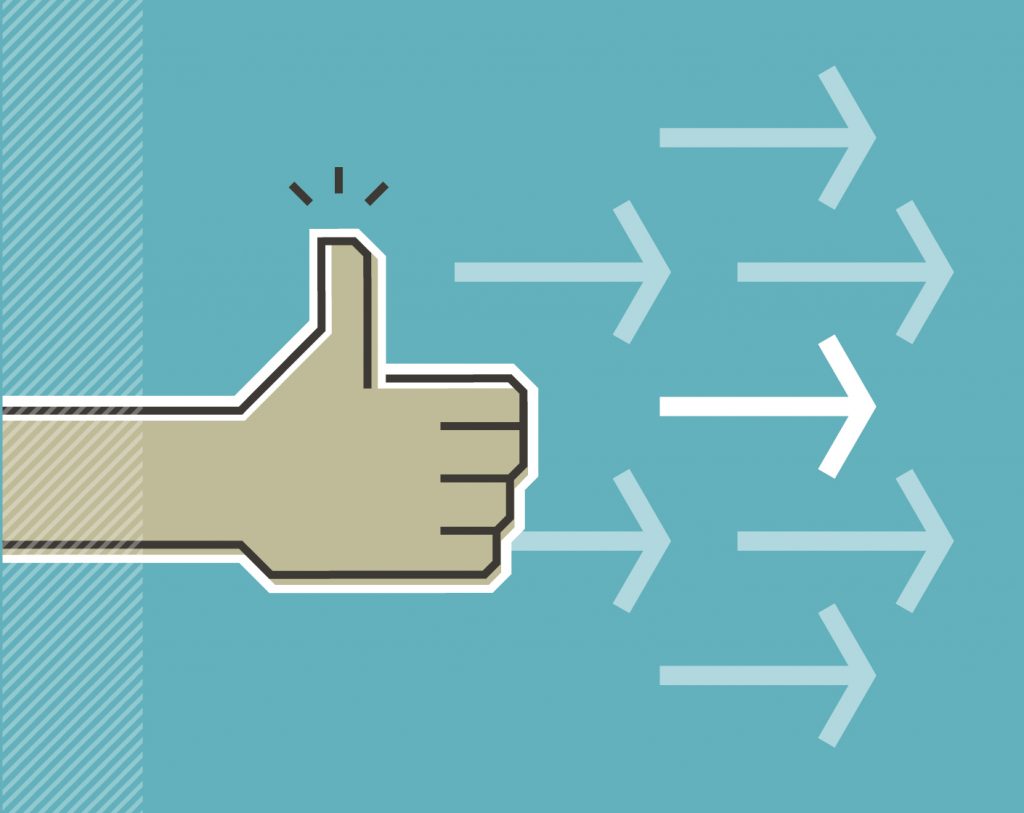When the computer says no, Yondr stays human
By: Neil Winch

Like a salted peanut stuck in your left back molar, the faceless jurisdiction of binary decision making is uncomfortable, rarely the best use of resources and unlikely to result in the best outcome for complex projects.
You know how you wound up here – you pushed a square peg into a round hole because you had to, and lost all the shape of the original object. But there must be a better way.
Dental disruptions move on. Binary decisions do not. And they’re rife in the world of risk management. A lack of creativity, collaboration and communication mean absolutes rule where humanity could conquer.
From site acquisition and feasibility, to physical delivery and operation, real estate projects carry multiple complexities and risks. Damocles’ sword is constant in our midst. So when we make decisions to mitigate those risks, the approach we choose is fundamental to success.
Let’s consider a development site with a restrictive covenant, seemingly preventing development in certain areas. A binary decision would simply negate the risk by designating it a green space at best, maybe even waste land. It’s black and white, done and dusted.
A human approach alters the conversation.
By working collaboratively and communicatively with all stakeholders – the local authority, a community, engineering or sustainability teams for example – we might come up with a solution that takes the area beyond unusable space. Delivering a balancing pond, recreational area, wetland or playground would contribute more significantly towards overall biodiversity requirements and deliver a higher quality end product.
Being open about constraints and opportunities ensures the easement is acknowledged, the risk mitigated and the opportunity fully managed.
Getting here takes more than a toothpick
At Yondr, a true desire to bring goodness into the world fuels a consistent pursuit of openness and transparency. This spirit of collaboration erodes siloed decision making, but taking it into a negotiation requires courage and a culture that embraces errors, positions people as problem solvers, drives commerciality and puts tech in its place.
Creating an error-embracing environment
Admitting fault, saying ‘I don’t understand’ or ‘I don’t know’ appear as vulnerabilities in traditional settings.
We consider this honesty and curiosity a strength. We meet it with kindness because it creates transparency and that nurtures an environment where obstacles are overcome as a team. When we take this approach to our clients, suppliers and stakeholders, the siloed precursors to binary decision making are broken down before they begin.
Positioning people as problem solvers
Behavioural economics teaches us that people are naturally self-motivated problem solvers. When we mobilise that in-built desire in our teams, tenants and clients alike, we create two things.
A more efficient transaction process where conflict is occasional. And an asset both the customer and tenant feel comfortable with, and confident in, because they’ve been part of the problem solving process.
Driving commerciality
Presenting yourself as someone who asks for help may create a human environment but in a negotiation you’re a counterparty, and terms and actions are constantly in play that drive a wedge between buyer and seller. Presenting yourself as someone who ‘doesn’t know’ can trip you up.
To underwrite this, we make sure sources of information are verified. We seek out more than one point of view. We take responsibility for interrogating new ideas and suggestions so we can confidently discuss, advise and solve problems for clients and stakeholders. A high quality product demands rigour.
Putting technology in its place
To mitigate risk, it’s important people are allowed to feel responsible for all that’s at stake, and for all the decisions and actions that make up the project experience and end product.
Technology can be an enormous enabler – particularly when it comes to communication and transparency. But it can also inhibit ownership. We need to remain custodians of our tools and use them to support our thinking rather than replace it. “We” is a much better solution to the world than technology.
When we create more natural decision making frameworks and more open, transparent relationships, we provide better products that contribute to and work in harmony with people and place for the duration of their tenure and beyond.
How do we make human-centred decision making a success?
Competition, ambition and a drive to succeed are some of the characteristics that have stimulated progress around the world. But our constant greed, individualism and a fear of threat leads to a relentless and unbalanced approach that increases risk. Balance is all.



